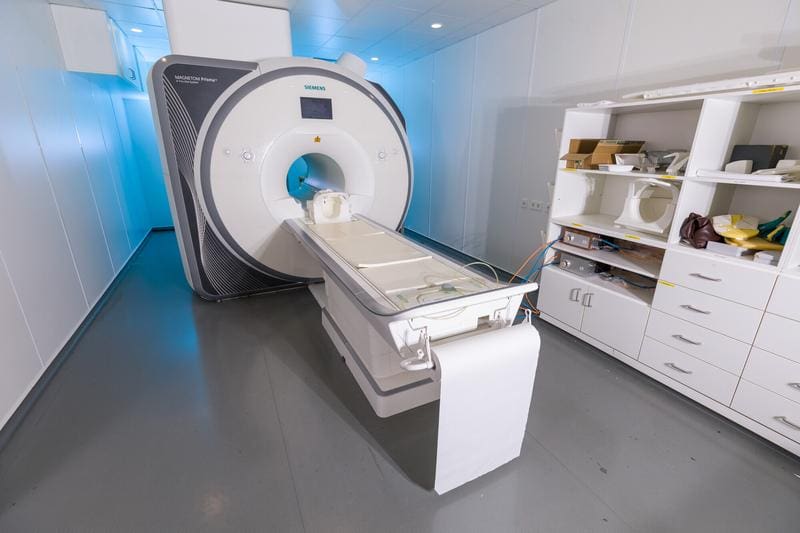Brain processes colors similarly in all people
Researchers at the Max Planck Institute for Biological Cybernetics and the University of T├╝bingen have shown in a study that human brain activity shows comparable patterns in color vision. The findings, published in the Journal of Neuroscience, show that the visual cortex processes colors in a uniform way that relies on evolutionary mechanisms.
The researchers, led by Michael Bannert and Andreas Bartels, used functional magnetic resonance imaging (fMRI) to analyze the brain activity of test subjects when looking at different colors. They found that each color creates specific patterns of activity in the visual cortex. These patterns are clearly similar in all participants, which indicates a universal processing of colors in the human brain. For each color, there is a separate spatial map of the field of vision, the basic structure of which is the same for all people, even if it differs slightly between different brain areas.
The study used a computer-aided evaluation method to precisely determine which colors and brightness the test subjects saw based on the fMRI data. First, the scientists calibrated the measurement data with standardized black-and-white patterns to create a basis for comparison. They then examined brain activity when looking at colors. The patterns of a first experimental group made it possible to identify which colors were being viewed in a second group solely on the basis of brain activity. In this way, color and brightness could be derived directly from the measurement data.

The results show that the visual cortex creates an ordered image of what is seen. Light that falls on the retina is transmitted via the optic nerves to higher processing levels of the brain, where so-called field maps map the spatial structure of the visual field. These maps coordinate further processing with other brain areas and ensure that colors and brightness are encoded differently depending on their position in the field of vision.
The researchers conclude that the uniform processing patterns evolved and have been preserved over time. The study also suggests that color distortions, i.e. deviations in color coding, are similar in all people. However, it remains unclear whether the subjective experience of colour is identical, as this cannot be clearly clarified with current methods of perception research.
The scientists plan to continue their investigations to gain further insights into the cooperation of the brain regions involved in vision. In particular, they want to test whether the observed patterns are universal and how the plastic interactions between these regions can be further explored using fMRI.
Original Paper:
Editor: X-Press Journalistenb├╝ro GbR
Gender Notice. The personal designations used in this text always refer equally to female, male and diverse persons. Double/triple naming and gendered designations are used for better readability. ected.




